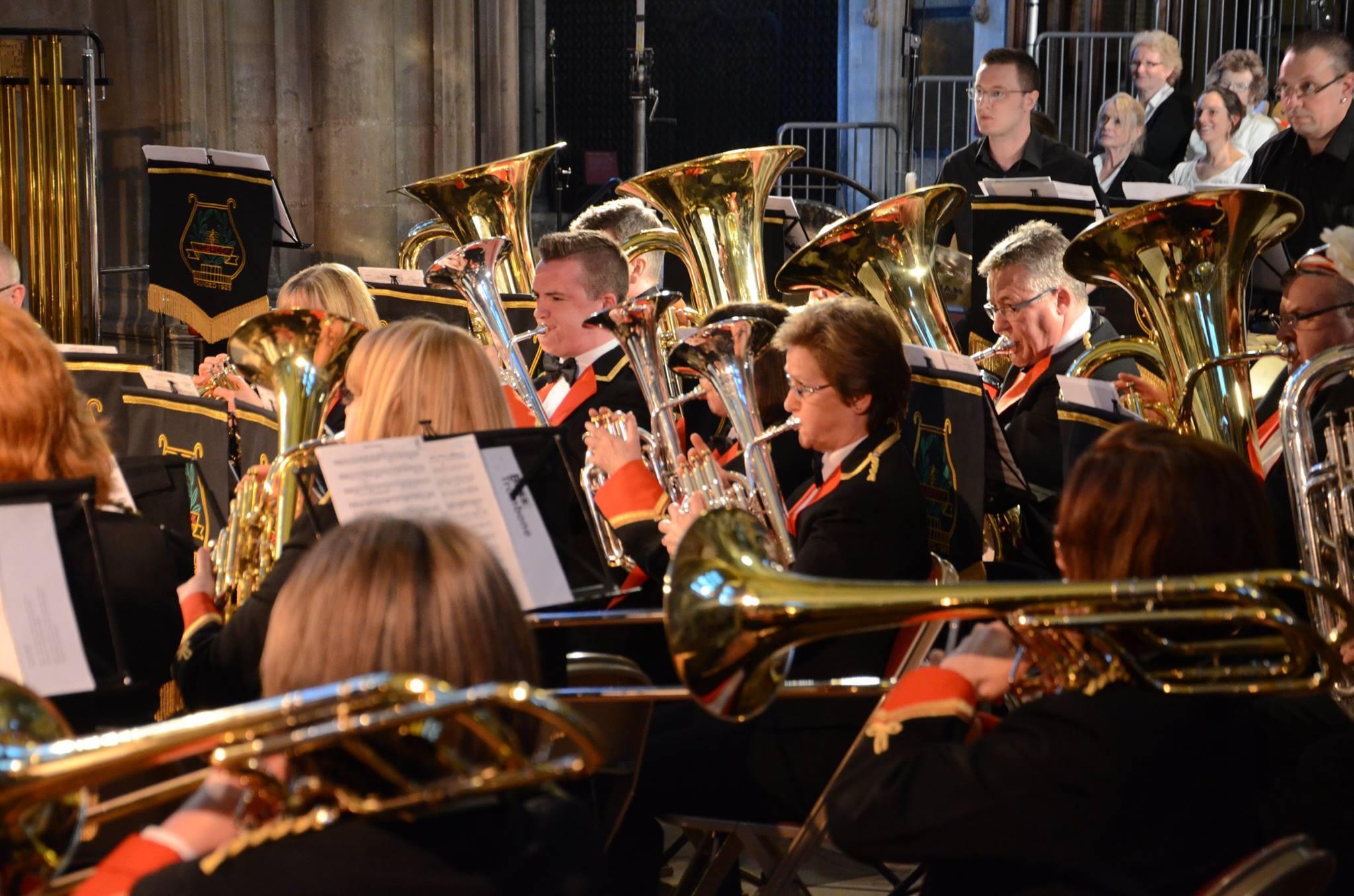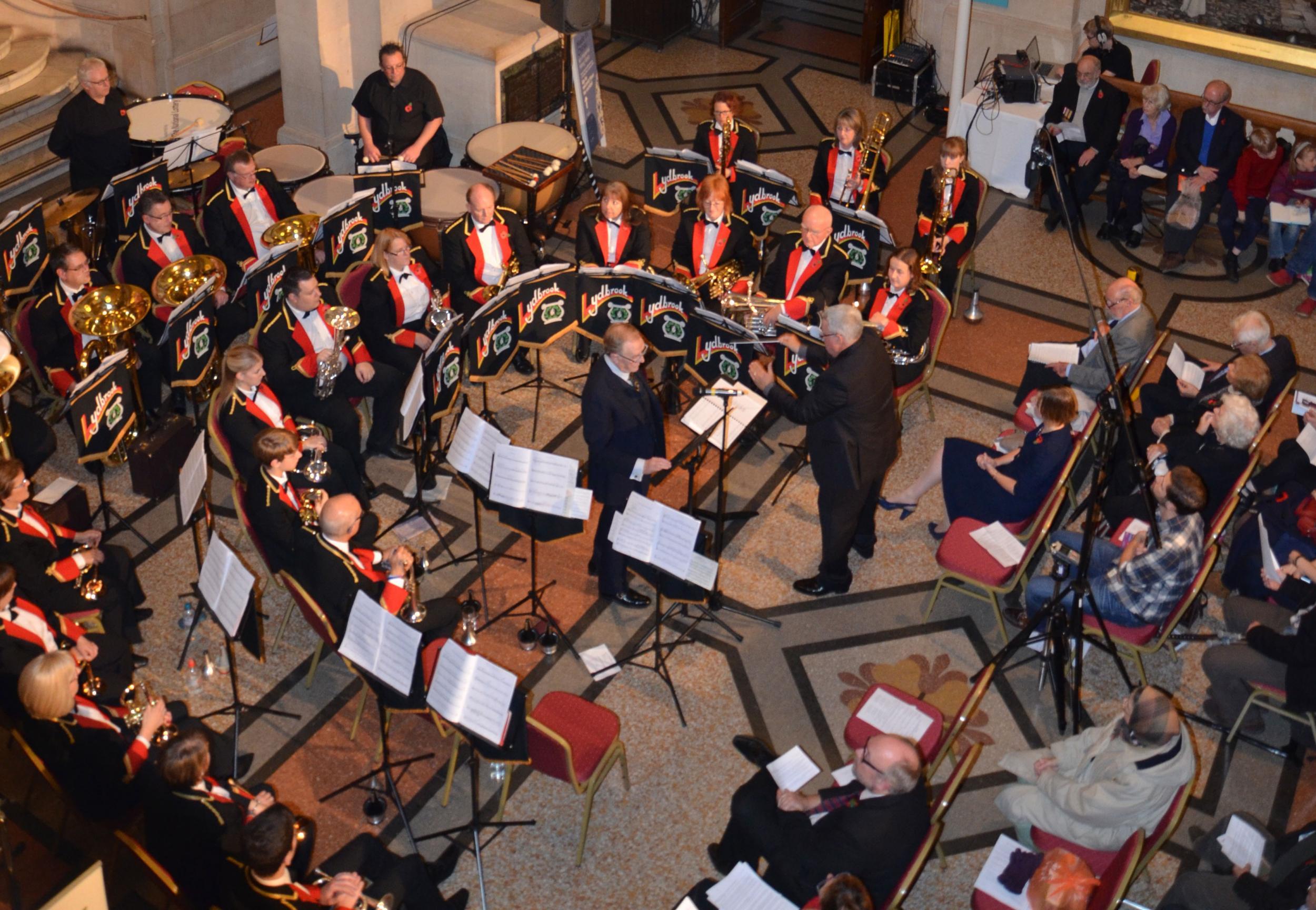From warplanes to Concorde: how music is telling aviation history
A new piece of music by a music technology academic is celebrating 150 years of the Royal Aeronautical Society and its relationship with Bristol

When Dr Liz Lane, senior lecturer in music technology at the University of the West of England (UWE Bristol), hears the sound of Second World War bomber aircraft, her thoughts turn to brass. Rich brass chords, to be precise, introducing the Blenheim, Beaufort and Beaufighter planes that signify a transition from wood to predominantly metal construction in the timeline of aviation history.
“Shuddering, juddering to the skies: murmuring, purring the metal giant flies,” sings a choir as the music builds and 270 brass players, percussionists and vocalists portray the beauty of flight through the rumbling Brabazon and whispering Britannia to the speed of Concorde.
Innovation 216 is Lane’s 10-minute musical extravaganza telling the story of Bristol’s aeronautical heritage through the memories of those working in the industry, both past and present.
Commissioned by cultural and heritage partnership Bristol 800, whose funders include Bristol City Council and Arts Council England, the composition celebrates the city’s status at the heart of the British aviation industry and marks the 150th anniversary of the Royal Aeronautical Society.

For Lane, the year-long project – sponsored by Airbus, GKN and Rolls Royce – has proved a journey of discovery which started surprisingly close to home.
“Innovation 216 takes its name from the pioneering nature of flight and the call sign of the last Concorde to be built and to fly,” explains Lane, who combines her work as a composer with a senior lectureship in music technology – composition and performance – at The University of the West of England, Bristol (UWE Bristol).
“Concorde 216 was designed, built and tested at Filton, where Bristol’s aviation industry started with the Boxkite biplane in 1910.
“Not only are the factories still very much alive in terms of aeronautical design and component production, but many of the people working there are UWE Bristol aerospace graduates with qualifications shaped by input from some of the most experienced people in the industry.”
Lane’s quest for knowledge began at a meeting with Dr Chris Toomer, principal lecturer and associate head of the Department of Engineering, Design and Mathematics at the university.
“Collaborating with Chris gave me a real head start in terms of understanding Bristol’s aviation story,” she says. “Her working knowledge of the industry and the people in it led me to other experts who provided a wealth of inspiration for making the piece a real tribute to everyone working at Filton past, present and future.
“I had lots of help with history and context including the all-important nuances of airframe and engine sounds, the Doppler effect and, of course, Concorde’s sonic boom.”
Brass and percussion represent the wood of early planes, the metal of bombers, the rumble before take-off and the bird-like soar of jet engines in a notational narrative which also weaves in the Bristol Aeroplane Company, Bristol Aero Collection and Aerospace Bristol through musical motifs based around the notes B, A and C.

And, as Innovation 216 comes into land, musicians aged from eight to 80 articulate a range of thoughts on the future of aviation: “Safer, greener, faster, cleaner, quieter, cleverer, lighter, smarter…”
For Lane, her colleagues, UWE Bristol aerospace graduates and many others who are part of British aviation’s success story, the premiere of Innovation 216 by Lydbrook Band, City of Bristol, Lydbrook and Lydney Training Bands, Gurt Lush Choir and UWE Singers – conducted by Ian Holmes – at St George’s Bristol on 27 November, will undoubtedly be a flight to remember.
*This content was written and controlled by the University of the West of England
Join our commenting forum
Join thought-provoking conversations, follow other Independent readers and see their replies
Comments
Bookmark popover
Removed from bookmarks